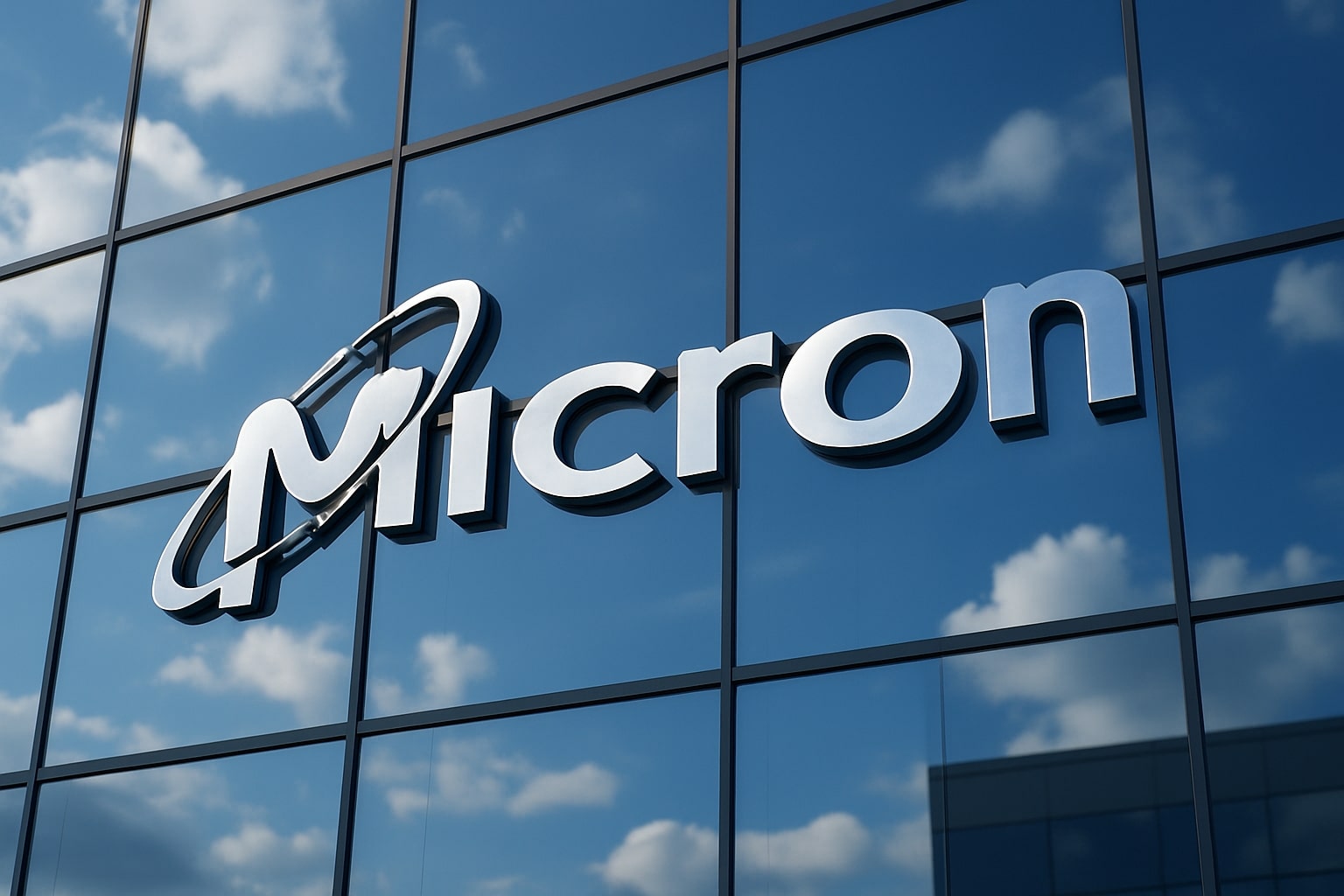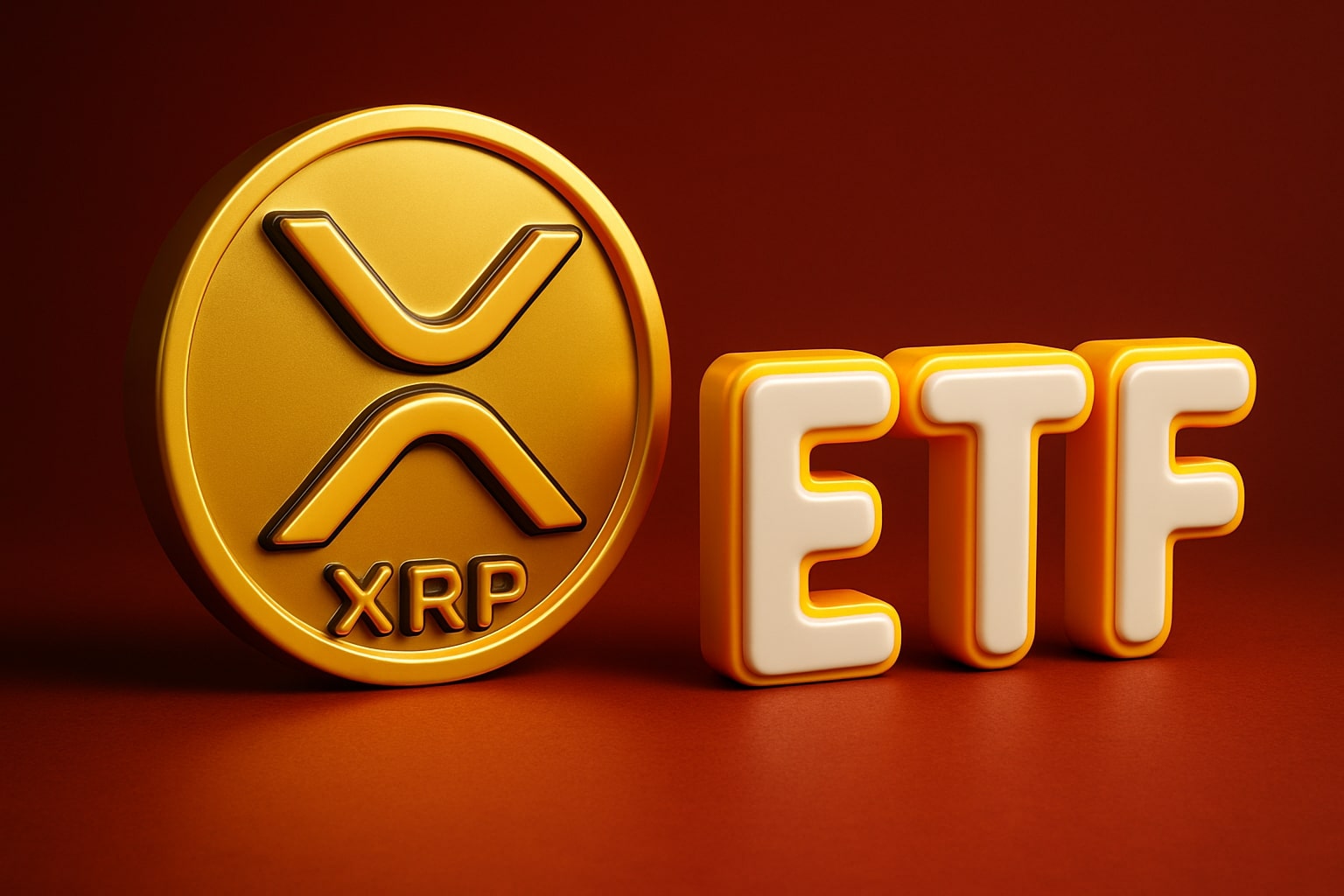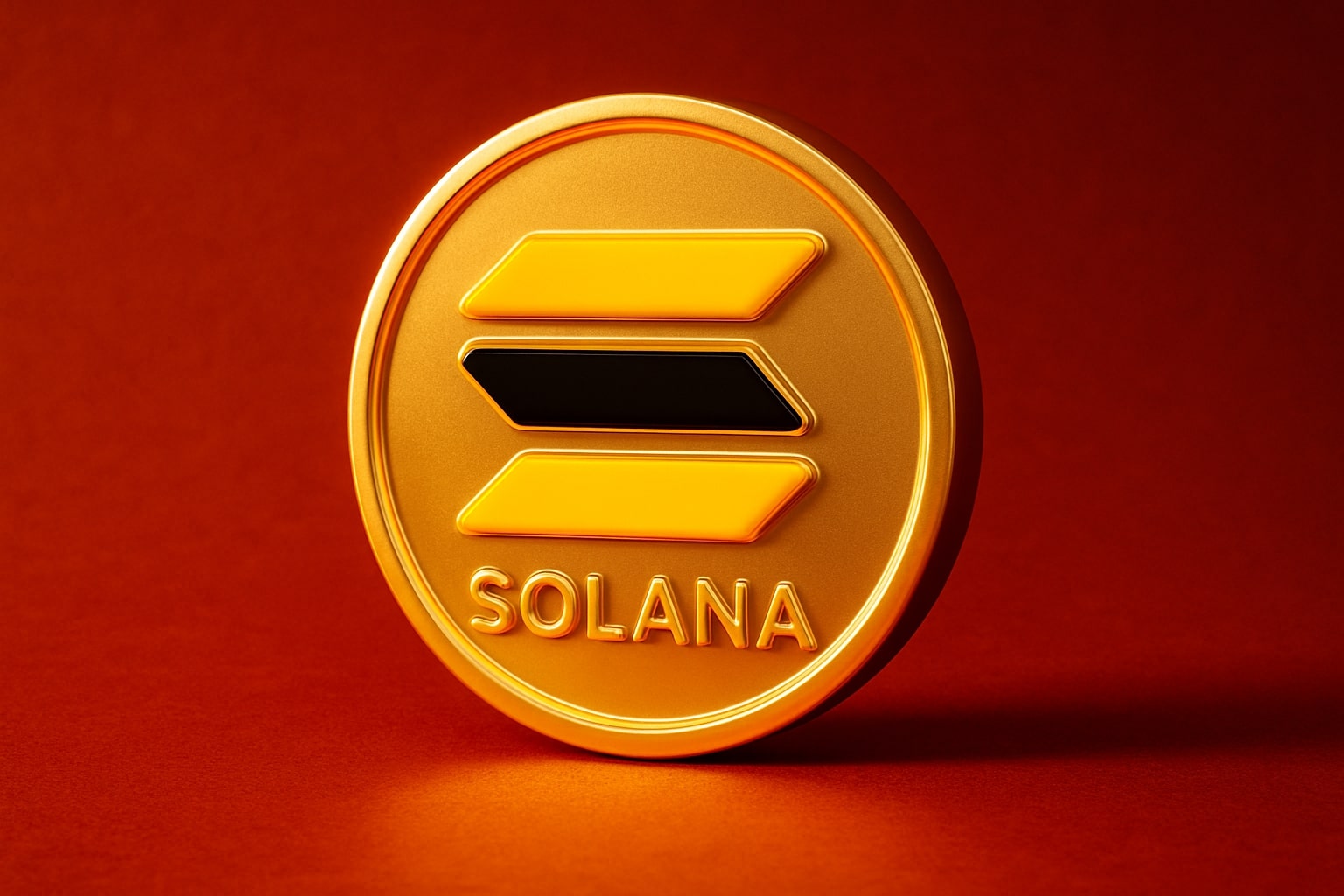
Micron Stock Price Forecast (NASDAQ:MU) Climbs Toward $250 as AI Supercycle Tightens Memory Supply
With 69% DRAM expansion, 46% total YoY revenue growth, sold-out HBM capacity for 2026, and hyperscalers lifting AI capex to historic highs | That's TradingNEWS
Micron’s Position In The AI Memory Cycle And The Shift In NASDAQ:MU’s Valuation Anchor
Micron Technology (NASDAQ:MU) is trading in a completely different universe than the memory cycles that defined its past, and the stock’s surge above $246–$250 reflects an industry transition where AI-driven memory demand is setting higher lows, higher peaks, and far firmer pricing power than anything seen before. The stock’s real-time performance on the MU live chart captures the break from its historical boom-bust cadence as hyperscalers shift budgets toward long-duration AI infrastructure, and this structural shift is visible across revenue, margins, capex, product mix, and forward supply tightness through 2026.
Repricing The NASDAQ:MU Growth Curve As AI Consumption Redraws Demand For HBM, DRAM And NAND
The acceleration in Micron’s top-line trajectory over the past five quarters shows a business pulled upward by AI workloads rather than lifted by a traditional memory rebound. Revenue expanding 46% year-over-year with DRAM alone climbing almost 69% YoY in FQ4 2025 demonstrates that oversupply fears — which depressed MU in 2023–2024 — have flipped into sustained tightness across high-bandwidth memory. The company is guiding ~44% YoY growth for Q1 2026, a continuation of the 35–50% range that has now spanned multiple quarters and reshaped outlook models from incremental normalization into multi-year structural uplift. Demand from NVIDIA, AMD, Meta, Amazon, Alphabet, and global data center operators has produced a memory market where HBM3E and next-generation DRAM are effectively presold deep into 2026, with industry analysts projecting undersupply across high-performance memory for at least the next 18 months.
How NASDAQ:MU’s Margin Architecture Is Transforming Under AI-Centric Product Mix
Free cash flow margins are recovering as Micron transitions from the heavy investment years of 2024–2025 into the commercialization wave running through 2026. Gross margins above 50% in Q1 2026 guidance, far stronger than previous cycles, show the effect of a portfolio tilted heavily toward HBM and advanced DRAM. Capex of $13.8B in 2025 — roughly 37% of revenue — is rising further in 2026 with a projected $18B spend as 1γ DRAM and high-density HBM capacity is built out. However, revenue growth exceeding capex growth means free cash flow margins can climb from 13–14% next year toward 22–25% by year five as AI-related products dominate mix. Micron’s statement that DRAM supply remains tight and that profitability in its DRAM portfolio is strengthening underlines the shift from a commodity margin profile toward a hybrid model driven by performance-critical compute memory.
The AI Infrastructure Supercycle And The Competitive Tension That Shapes Long-Term Share Capture For NASDAQ:MU
Every major cloud and consumer-facing tech titan expanded AI capex budgets: Microsoft expects 80% AI capacity growth in 2025 and another doubling through 2027, Google raised FY2025 capex above $90B, Amazon targets $125B this year with AWS doubling capacity by 2027, and Meta continues high-intensity AI buildout. JPMorgan’s projection of $5 trillion in global data center investment over the next five years makes memory a prime beneficiary. Micron’s ability to secure full HBM demand for 2026, expand product rollout cadence, and maintain a reputation for yield and performance positions it as the essential “picks and shovels” supplier for the AI race. Meanwhile, global memory competitors in Korea remain dominant, but the geopolitical advantage of a U.S.-based supplier in an era of export controls and national AI infrastructure policy gives Micron strategic insulation not enjoyed in earlier cycles.
Why NASDAQ:MU Remains Deeply Discounted Despite A 118–180% Rally And Massive Upward EPS Revisions
Even after doubling, Micron’s FY2026 forward P/E sits near 12, far below semiconductor peers. The FY2027 multiple remains deeply compressed relative to AMD and far below NVIDIA and Broadcom, even though MU’s revenue expansion rate outpaces the semiconductor industry’s 25% global growth and the 31% growth in the Americas. Price-to-FCF ratios are equally discounted versus sector medians despite rising profitability, and debt of ~$15B against a $277B market cap leaves the balance sheet stronger than every prior upcycle. Analysts raising targets from $220 to $325 still trail the implications of a DCF scenario that places Micron’s fair value near $375, a target supported by Year-1 revenue growth of ~45%, maturing capex, and expanding free cash flow margins tied to AI-centric demand.
Read More
-
Alphabet Google Stock Price Forecast - GOOG Shares Surges Toward $288 as Massive $40B AI Investment
15.11.2025 · TradingNEWS ArchiveStocks
-
XRP ETFs Ignite Wall Street: XRPI at $13.30 and XRPR at $18.61 as XRP-USD Stabilizes Near $2.25
15.11.2025 · TradingNEWS ArchiveCrypto
-
Natural Gas (NG=F) Drops to $3.89 as Türkiye Spot Prices Spike and Global LNG Demand Accelerates
15.11.2025 · TradingNEWS ArchiveCommodities
-
Stock Market Today: Nasdaq Rebounds to 22,900 as NVDA Stock at $190 and MU Rally While Dow Falls to 47,147
15.11.2025 · TradingNEWS ArchiveMarkets
-
USD/JPY Price Forecast - Yen Surges Toward 154.60 as Fed Shifts to Neutral and Japan Raises Intervention Warnings
15.11.2025 · TradingNEWS ArchiveForex
The Role Of Insider Activity And Long-Term Capital Allocation At NASDAQ:MU
Micron’s disciplined capital allocation — reducing net debt while lifting R&D spend toward $4B TTM — signals management conviction in multi-year AI demand. The company’s ongoing investment in 1γ DRAM, HBM platforms, automotive memory, high-end consumer chips, and gaming memory creates diversification beyond data centers. Investors tracking corporate insider activity can monitor behavior through the official insider ledger at Micron Insider Transactions, which remains a crucial signal for sentiment alignment as MU enters a period where expectations rise sharply.
Risk Landscape: Where NASDAQ:MU Could Face Pressure As AI Cycles Mature
Competition from Samsung and SK Hynix remains the largest strategic threat. Samsung’s tightening collaboration with NVIDIA, aggressive roadmap for next-generation HBM, and massive fabs could erode Micron’s short-term advantage. A potential slowdown in AI infrastructure spending — driven by investor pressure on return on invested capital or a policy shift — would weaken the underlying bull case. Memory’s cyclical DNA also persists: oversupply could reappear if capex growth in Korea outpaces demand. Profit-taking risk is elevated after a 183% YTD rally, particularly into year-end.
Verdict On NASDAQ:MU — Buy, Sell, Or Hold
Micron (NASDAQ:MU) maintains the strongest multi-year setup in its history. Structural AI demand, unprecedented hyperscaler capex, sold-out HBM allocations for 2026, accelerating DRAM revenue, 50%+ gross margins, improving free cash flow, and a valuation still discounted against peers build a compelling case that MU is not in the late stage of a cycle but at the front end of a multi-year expansion. While competition risk and macro-AI investment fatigue are material threats, the asymmetric positioning of memory in the AI supply chain favors continued upside.



















